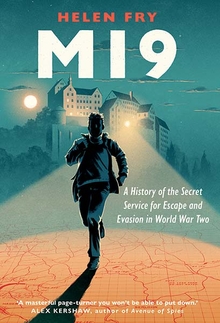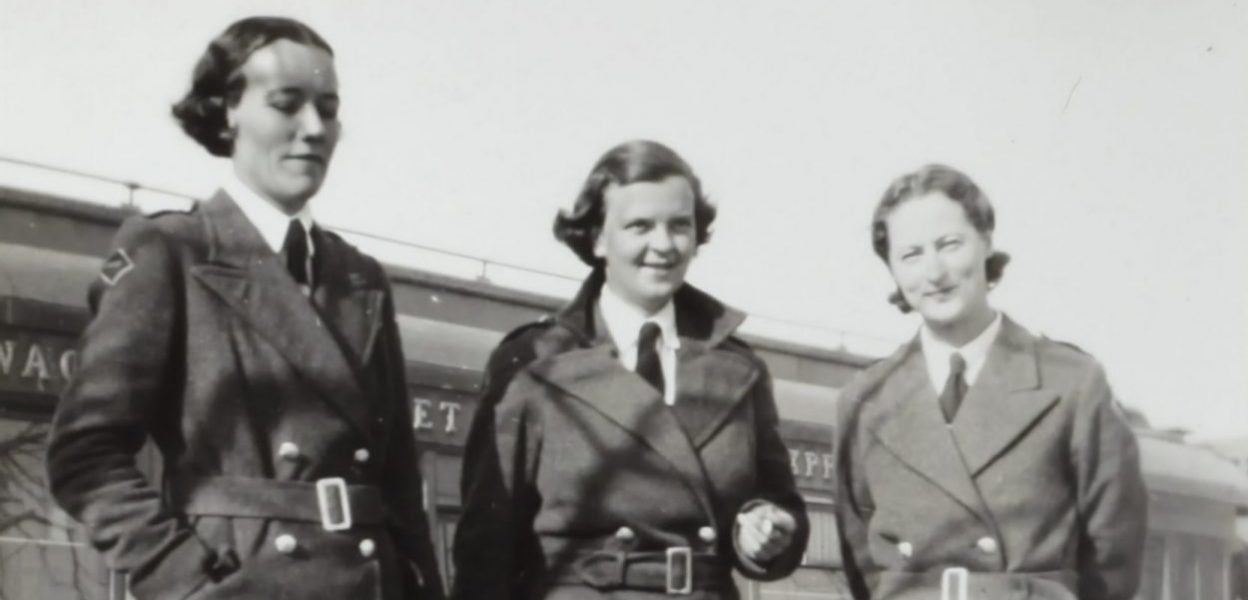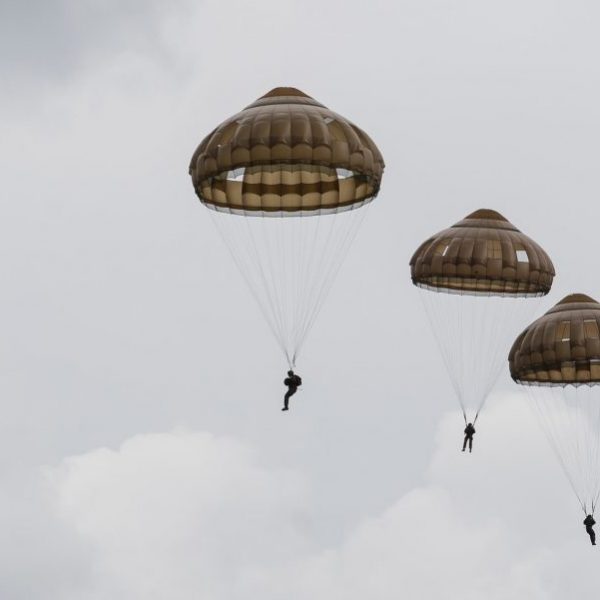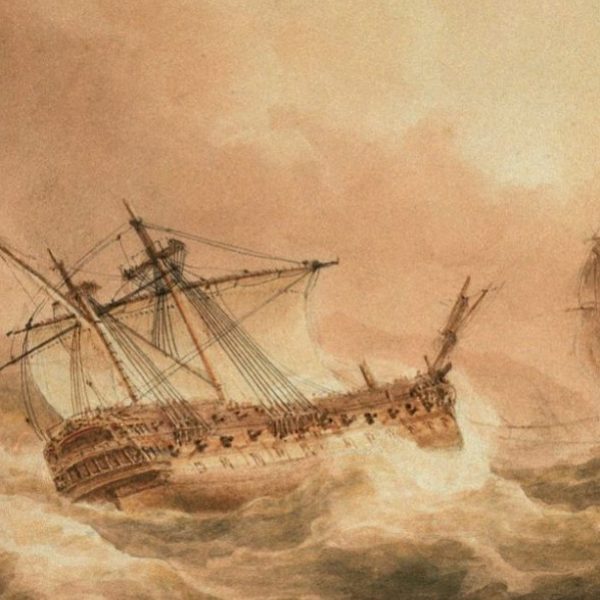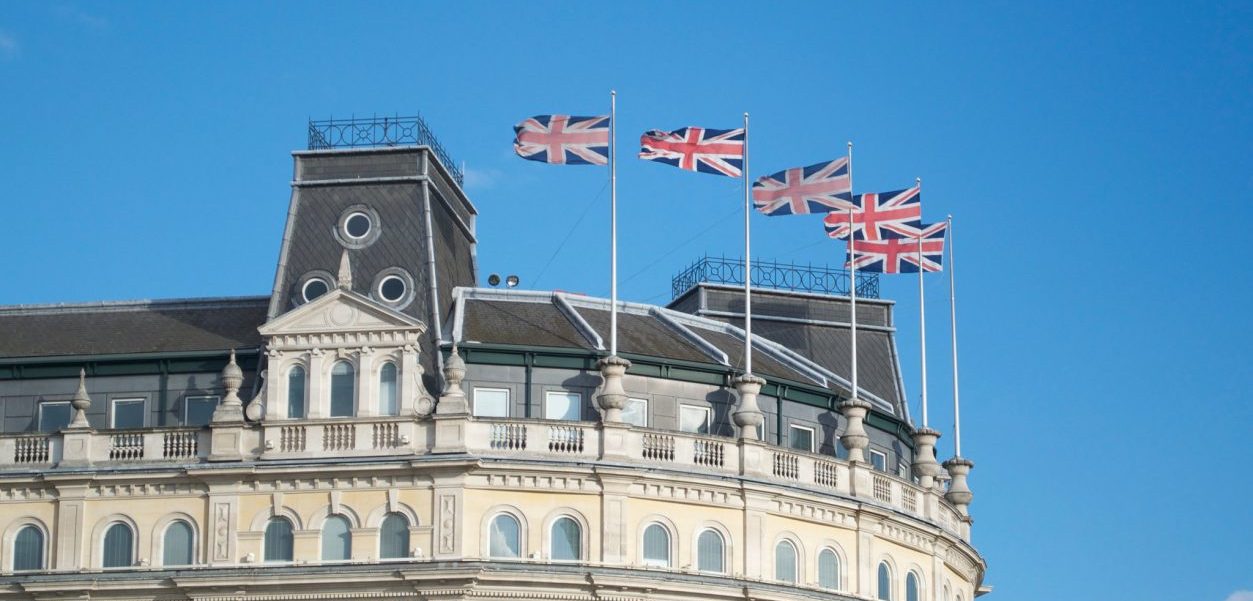The Secret Army Behind Enemy Lines in World War II
Helen Fry—
Thousands of courageous men and women led escape lines and acted as couriers and guides across Western Europe as well as other theatres of war, including the Far East. They were prepared to work in secret, for an organization whose name, MI9 in Britain or MIS-X in America, they did not discover until after the war when they received awards and medals from the British and American governments. Without them, MI9 and MIS-X could not have rescued the Allied airmen and soldiers. I was lucky to be able to interview Elsie Maréchal in Belgium, who is one of the last surviving members of the Comet Line. This escape line ran from Brussels down to the Pyrenees and into Spain during the Second World War.
When I interviewed her, now aged 98, shedisplayed the same spirit of defiance as eighty years ago. Astonishingly, she herself was just 16 years old and still at school when she worked for the escape line. I was able to ask her why she risked her young life. She replied: “Trains were leaving every day from Brussels to Germany, packed with food and supplies. Our nation was being robbed of food and coal. I saw all the Jews with yellow stars—my friends taken from my school class to Auschwitz. We thought, ‘Out with the Nazis!’” She spoke with affection of the airmen that her family had sheltered or escorted out of Belgium.
In November 1942, Elsie was betrayed, tortured, and spent 3 years in concentration camps, but survived—unlike so many others who were betrayed. Elsie’s 25-year old friend, Andrée De Jongh (Dedée) was another who was betrayed and survived Gestapo prisons and concentration camps. From Elsie, I was able to get the sense of comradery and patriotism that bound these men and women in their common fight in a “secret hidden army.” They were not in uniform, had no rank or protection, they were not even civilian spies…but they believed that victory over the Nazis was possible by their acts of resistance. My interview with Elsie was a turning point for me because I finally understood why so many like her were prepared to risk their youth and their lives for freedom and democracy.
I have discovered equally inspirational acts of bravery on the French side of the Pyrenees and in the Far East. Elvire de Greef, who operated with her family, was the unspoken heroine and leader in the south of France, instrumental in running Comet Line operations along the Pyrenees from 1940 until the end of the war. She arranged the shelter of escapers and evaders in safehouses in the region until they could be smuggled into Spain. Defiant in danger, she blackmailed officials to avoid arrest and organized for other members of the escape line to be broken out of prison. As the Comet Line went down, she continued to rescue airmen and smuggle vital intelligence, with other members of her family, to the Allies.
In Far East operations, one pioneering anthropologist increased her already stately reputation. When war broke out, Ursula Graham Bower was already living in the Naga Hills in Burma, working with the Naga people during a time of famine and illness and petitioned government officials to provide food and supplies. The people in the jungle territories called her the Naga Queen, thinking she was a reincarnation of one of their goddesses, and the fiercely independent and loyal Nagas repaid her by helping the Allies. The natural environment was uncompromising, and withdrawing British and Indian troops found themselves crossing deep jungle. Bower, with the help of the Nagas, assisted Allied soldiers to evade capture, but also patrolled vast regions to send intelligence back for the Allies on the Japanese. A detachment working with Bower was nicknamed ‘Bower Force’ and was responsible for patrolling 800 square miles of jungle. Bower herself was armed with a Sten Gun, and local tribesmen were ready to fight and to die with her, moving out of their villages and into the jungle, where they dug holes in the dense foliage to hide. They also constructed communication tunnels across the jungle. Bower garnered assistance from Ghurkha troops to defend the villages and organize patrols to engage the enemy and attack. In the process, they encountered many American airmen who had been shot down in combat and were evading capture. Bower organized their food, shelter, and return to India. The American pilots named her the “Jungle Queen.”
For me, these stories highlight that there is still so much to learn about the Second World War. We need to connect human stories to incredible acts of bravery so that we can live in freedom today. That is the inspirational part of the legacy of MI9 and MIS-X, the forgotten secret services of the Second World War.
Helen Fry is a specialist in the history of British Intelligence. She is the author of The Walls Have Ears, The London Cage, and over twenty books focusing on intelligence and POWs in World War II. She lives in London.
Further Reading:
